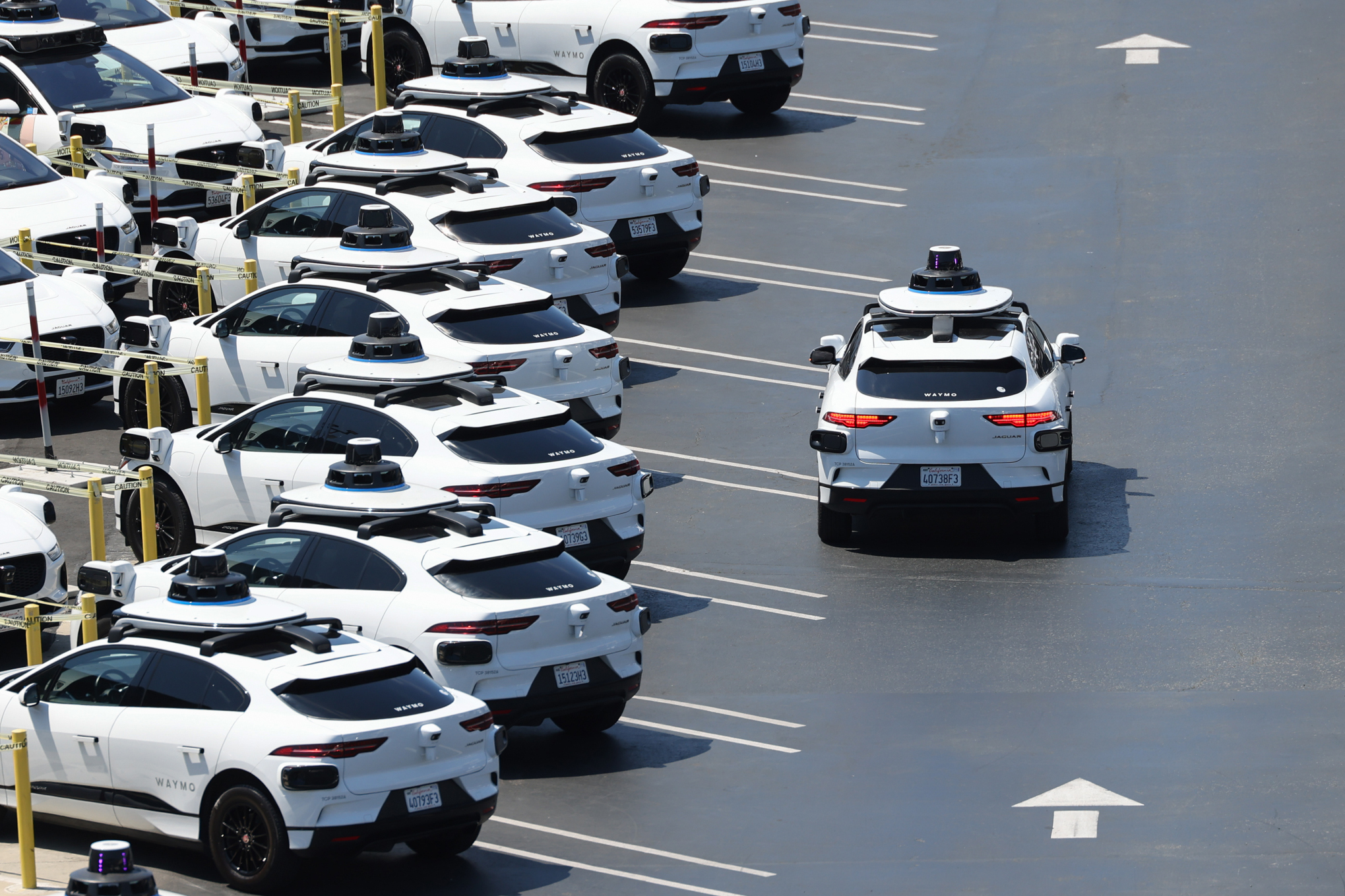Cruise says it will cut its San Francisco robotaxi fleet by half after one of its driverless cars and a fire truck collided, injuring a passenger.
The decision was made Friday to comply with the California Department of Motor Vehicles, which says it asked the company to scale things back as it investigates the Thursday night crash along with other “recent concerning incidents involving Cruise vehicles in San Francisco.”
“The DMV is in contact with Cruise and law enforcement officials to determine the facts,” a DMV spokesperson confirmed to The Standard in an email, “and requested Cruise to immediately reduce its active fleet of operating vehicles by 50% until the investigation is complete and Cruise takes appropriate corrective actions to improve road safety.”
Cruise said that means it will shrink operations from 400 autonomous vehicles to 50 by day and 150 by night.
The reduction and investigation come less than a day after the Cruise-fire truck crash and just a week after California regulators gave General Motors’ Cruise and Alphabet’s Waymo permission to charge passengers for rides at any hour, anywhere in San Francisco.
The period since the California Public Utilities Commission vote for unlimited expansion has been marked by a slew of headline-grabbing incidents involving driverless cars, ranging from mishaps—like rolling into wet cement or stalling in traffic—to injurious collisions.
The run-in with the fire truck took place shortly after 10 p.m. Thursday by Polk and Turk streets, according to Cruise and state officials. A passenger in the driverless car was treated at the scene and eventually transported to a local hospital with non-life-threatening injuries.
Another crash happened in the Mission at 26th and Mission streets early Friday, according to Cruise and San Francisco police.
Though Cruise is complying with DMV’s request, it took a defensive stance in its statement to the media about the decision.
“Over one hundred people lose their lives every day on American roadways, and countless others are badly injured,” a Cruise spokesperson told The Standard in an email Friday evening. “We believe it’s clear that Cruise positively impacts overall road safety, and look forward to working with the CA DMV to make any improvements and provide any data they need to reinforce the safety and efficiency of our fleet.”
Though the state utilities commission vote cleared the way for driverless car expansion in San Francisco, Waymo and Cruise still have to apply for the privilege through the DMV, which in turn said it has the right to “suspend or revoke testing and/or deployment permits” if it determines there’s a risk to the public.
“Safety of the traveling public is the California DMV’s top priority,” the agency wrote in a prepared statement. “The primary focus of the DMV’s regulations is the safe operation of autonomous vehicles and safety of the public who share the road with these vehicles.”
Leading up to the commission vote earlier this month, San Francisco city officials had already documented numerous incidents involving driverless cars interfering with emergency responders or snarling traffic.
On Wednesday, the city filed an injunction asking the utilities commission to put a pause on the robotaxi expansion.
San Francisco Supervisor Aaron Peskin, who’s been pushing for a slowdown on robotaxi expansion, said he’s heartened by the DMV stepping in to rein things in.
“I mean, it certainly gives us some solace that somebody in the state of California is watching and listening,” he told The Standard in a phone call late Friday. “It begs the question as to why the state, through the DMV and CPUC, allowed this limitless rollout before the technology was perfected.”
Jennifer Wadsworth and Josh Koehn contributed to this report.
